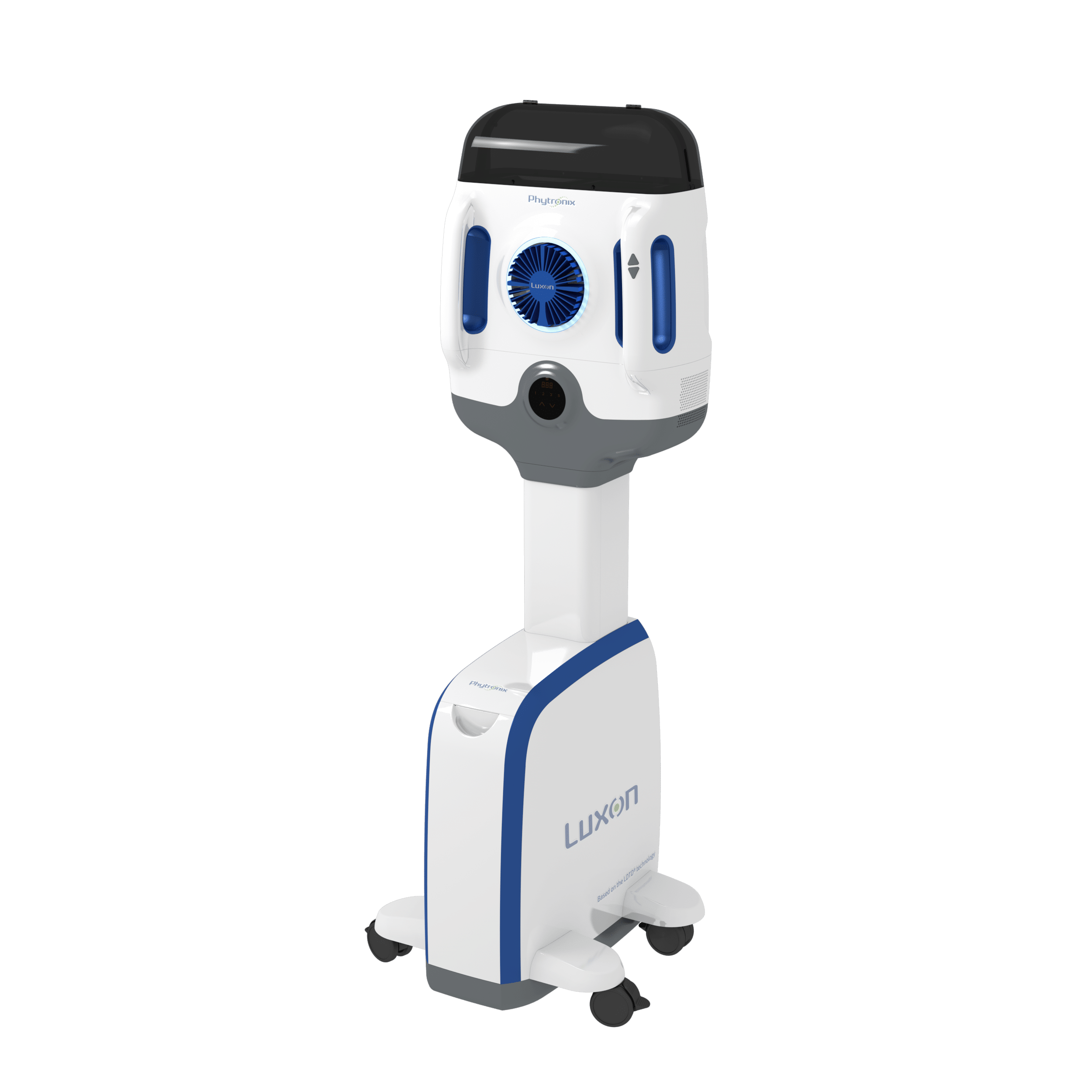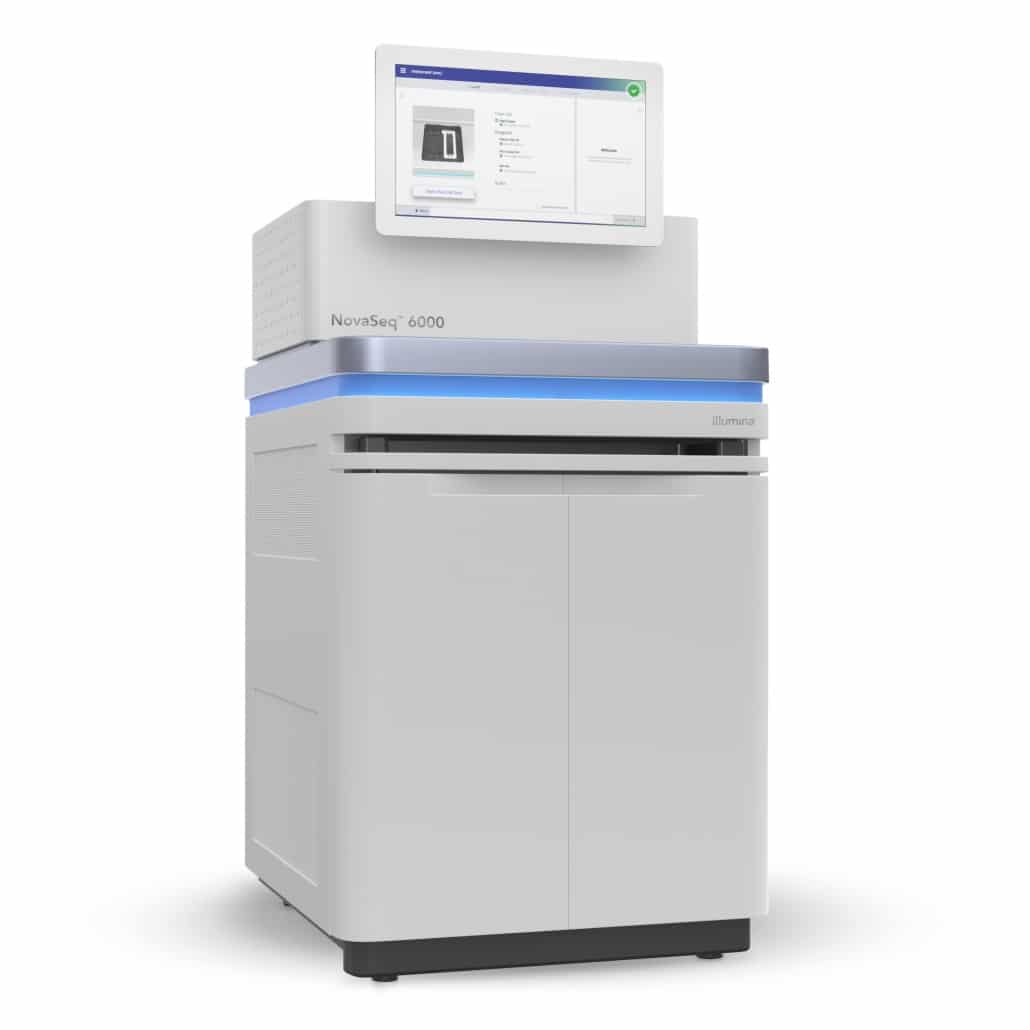The 2017 IBO Design Awards: Instrument Giants Get Compact
Every August, IBO conducts its annual Design Awards, a competition recognizing innovative and bold industrial design of analytical instruments. While technical features and performance are the cornerstone of any instrument’s functionality, the IBO Design Awards are based on the physical appearance, aesthetics and design features of the product, which are key in influencing purchasing decisions, as well as brand perception and product loyalty. To qualify for the Awards, the instrument must have begun shipping between August 1, 2016 and July 31, 2017.
The winners of IBO’s 2017 Design Awards for analytical instruments showcase innovation in size, shape and style, with compact footprints and modernist designs. Each winner is unique in its respective technology category, with distinctive features and improved usability complementing instrument performance.
Gold Award
The 2017 winner of the IBO Gold Award for Industrial Design for analytical instruments is the Phytronix Luxon Ion Source, a laser diode thermal desorption ion source. Using fiber-coupled laser diode technology to obtain thermal uniformity, the Luxon is Phytronix’s second generation sample introduction and ionization source. The new design completely reimagines the simple square design of the first generation product, adding curved lines, and the contemporary look and feel of the latest high tech consumer product.
The Luxon has an adjustable height between 50 in and 71 in (127 cm and 180 cm), with a width and depth of 17 in (43 cm) and 18.5 in (47 cm), respectively. Completely new features to the second generation system include an adjustable base, wheels for mobile transport, handles for easy adjustment, and a glossy finish with color accents
Working in collaboration with design firm Tak Design, Phytronix has revolutionized traditional ion source designs, presenting an eye catching and completely unique looking ion source. As Jean Lacoursière, president of Phytronix, told IBO, “The base on the wheels gives an incredible facility to move, connect and disconnect the instrument on a mass spectrometer.” This ease-of-use-feature allows researchers to move the Luxon comfortably around the lab, increasing time savings and efficiency. The mobility enhances its usefulness for various sectors of research, such as pharmaceutical, bioanalytical, food, forensic and environmental. The Luxon provides continuous operation. Supporting fast analysis of samples, with speeds of one second per sample and uninterrupted throughput is an automated liquid handling and robotic transfer arm and, on top, the integrated LazWell plate stacker, with barcoding for traceability of samples and low-volume delivery of 0.1–10 µl or 0.05–2.5 µl for the Luxon-960 and Luxon-3840 models, respectively.
According to Mr. Lacoursière, modularity and ergonomics were the main technical, physical and aesthetic priorities for the Luxon’s industrial design. The easily accessible base container of the Luxon can be used for storage, and the neck provides ergonomic support for adjusting the height, with three memory settings for use with various MS instruments. The electronic control unit fastens to the ergonomic support, and researchers can attach the compact ion source to the electronic control unit, or use it as a freestanding ion source.
It was necessary for the technology of the instrument to be reflected in a bold design. “The Luxon Ion Source is the fastest process in mass spectrometry,” said Mr. Lacoursière. “[So] the design must be ultra-modern.” Ensuring ease of use was also important to provide greater efficiency in labs, thus the Luxon is a plug-and-play, easy-to-install instrument, providing direct sample introduction that avoids carry-over and memory effects.
With its sheer innovation and unique design of the ionization source, Phytronix has singlehandedly stepped up the design game for MS ion sources.
Silver Award
Illumina’s NovaSeq 6000 is this year’s winner of the IBO Silver Award for Industrial Design for analytical instruments. The NovaSeq 6000 is part of the new NovaSeq series, which is the most powerful sequencer Illumina has released, able to sequence between 3 and 48 human whole genomes in each run, and has surpassed the company’s order expectations (see Second Quarter Results). The NovaSeq measures 31.5 in (80 cm) × 37.2 in (94.5 cm) × 66.0 in (167.6 cm), including the monitor, and weighs 1,059 lb (481 kg), including a 7.8 lb (3.5 kg) leak tray, and the 2 lb (0.9 kg) keyboard and mouse.
With the NovaSeq 6000, Illumina breaks with the design motif of its iconic NGS systems, presenting a floor standing configuration and simplified exterior appearance reminiscent of clinical lab instrumentation. With a modern and compact design, the system emphasizes ease of use, such as the reduction in hands-on time. Although smaller in size than the company’s flagship HiSeq systems, the Novasep adds new capabilities, such as onboard cluster generation.
In addition, although the system is more compact, it provides greater flexibility, including greater scalability for high-throughput genomics research. “The NovaSeq series of sequencing systems expands NGS possibilities for all researchers,” said an Illumina spokesperson. “With unmatched scalable throughput, tremendous flexibility to support a range of applications and streamlined operation, the NovaSeq 5000 and NovaSeq 6000 Systems are the most powerful high-throughput Illumina sequencing systems to date, perfectly positioned to help users uncover more about the genome than ever before.”
Illumina worked with an undisclosed design firm to develop the NovaSeq, and the result is an approachable and unified design for labs of all kinds. Among the system’s integrated features are a single cartridge for both reagents and buffers, a centrally mounted touchscreen, and on-board waste-bottle storage. As opposed to the company’s HiSeq series, which was larger and had a more stacked-module appearance, the NovaSeq 6000 has rounded corners and balanced lines for a sleek finish, with a design that intuitively communicates its self-contained features and ability to fit in labs of virtually any size.
There were many design priorities for the NovaSeq. “The slab was a huge aesthetic component,” Illumina told IBO. “Other elements were the French doors, keyboard tray, white monitor and finished interior. There were physical priorities such as needing to fit through doors in old labs and cargo holds on typical commercial planes.” The silver midpoint and top guides user interaction, while the lighted LED display visually communicates flow cell status.
The new instrument design not only reflects the NovaSeq 6000’s flagship status but the evolution of Illumina’s NGS system into an integrated, routine lab instrument for a wide range of applications. In this way, the system’s appearance and industrial design help tell a larger story.
Bronze Award
The 2017 Bronze winner for IBO’s Design Awards is Shimadzu’s PDA-MF series of optical emission spectrometers (OES), which includes the PDA-MF and PDA-MF Plus. The company’s very first benchtop OES, the PDA-MF series provides rapid elemental analysis of solid metallic samples. The PDA-MF measures 23 in (58 cm) x 28 in (71 cm) x 21 in (53 cm), and weighs 143 lb (65 kg).
The PDA-MF series was developed in-house at Shimadzu’s Corporate Product Design Center. As benchtop systems, the PDA-MF series is much smaller than previous PDA OES models, boasting a bold black-and-silver color scheme and a smooth, rounded front for enhanced usability and a more compact appearance.
However, these features are not simply for aesthetic reasons, but also support the system’s functionality and users’ practical needs. “We designed the front in a round shape so users wouldn’t feel undue pressure when standing or moving in front of the instrument,” said Shinya Hasebe from Shimadzu’s Corporate Product Design Center. “When investigating this application, we discovered that users move frequently in front of instruments. So we wanted to ensure the shape of the PDA-MF does not impede a user’s workflow.”
Moreover, as metals analysis is the primary application for the PDA-MF, the slick black color was cleverly chosen more for pragmatism than for edginess. “[W]e designed the table and maintenance section to be black because these systems are often installed in dirty environments, and we didn’t want dirt to be noticeable,” explained Mr. Hasebe.
According to Mr. Hasebe, simplicity and intuitiveness were a priority for the instrument’s design. “The main consideration was ease of use, with a primary focus on physical usability,” he said. “Also, the excitation table shape helps create a smoother workflow; its cover-plate can be easily opened without removing the table or using any special tools, which enables simpler routine maintenance.”
The PDA-MF makes sample analysis extremely simple. “[W]ith this system, a user can easily and precisely affix a sample to the sample holder, after which it is analyzed,” said Mr. Hasebe. “The analysis result gets displayed in an easy-to-understand user interface. Perhaps the most appropriate way to describe the PDA-MF is that it was designed and developed to reduce analysis complexity while retaining functionality.” As Mr. Hasebe told IBO, the sample holder was specially designed to ensure precise measurements of any sample size. “As a whole, these concepts simplify use,” he said.
With its thoughtful design, and its juxtaposition of usability with clean aesthetics, Shimadzu’s PDA-MF is an exciting addition to OES industrial design.






